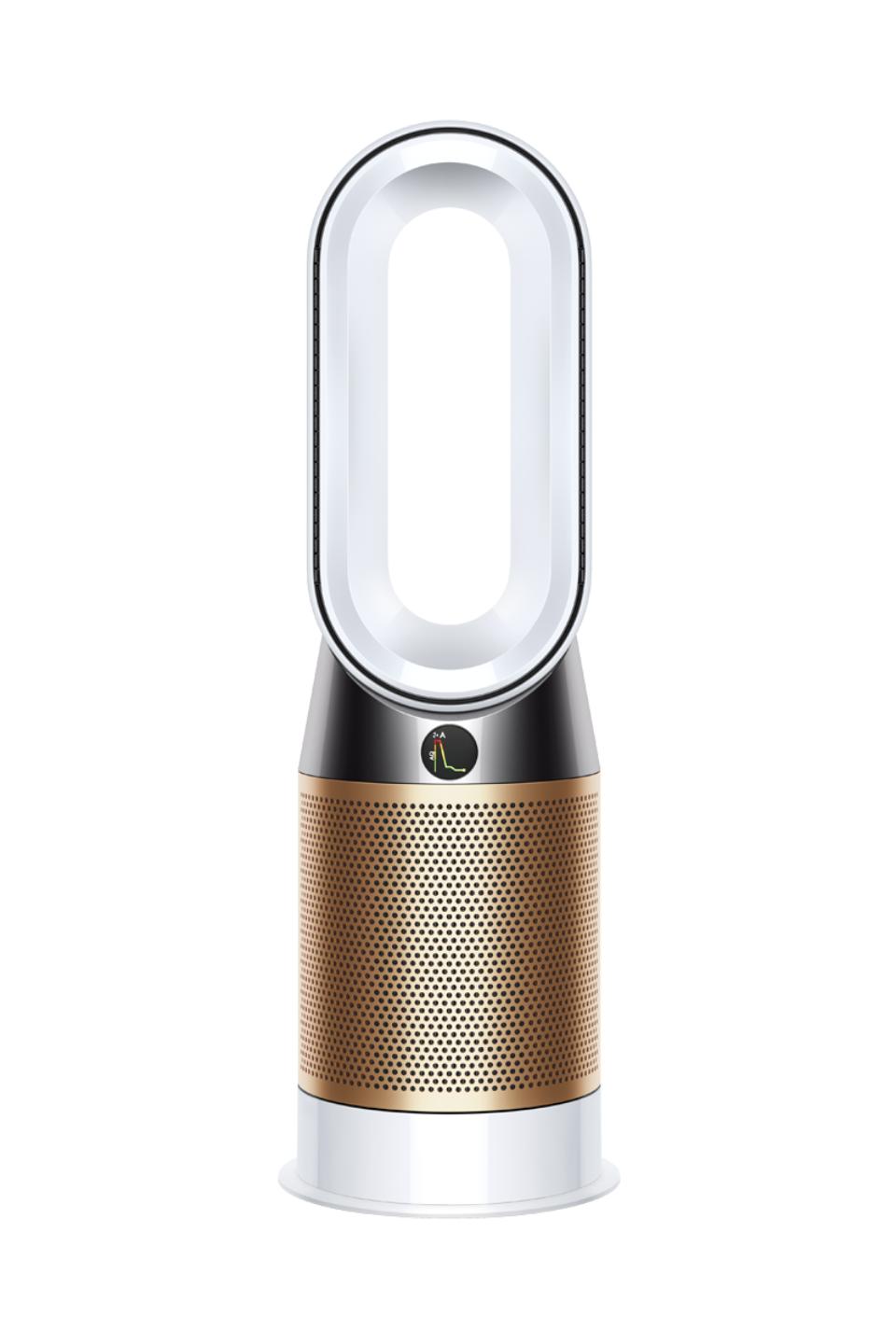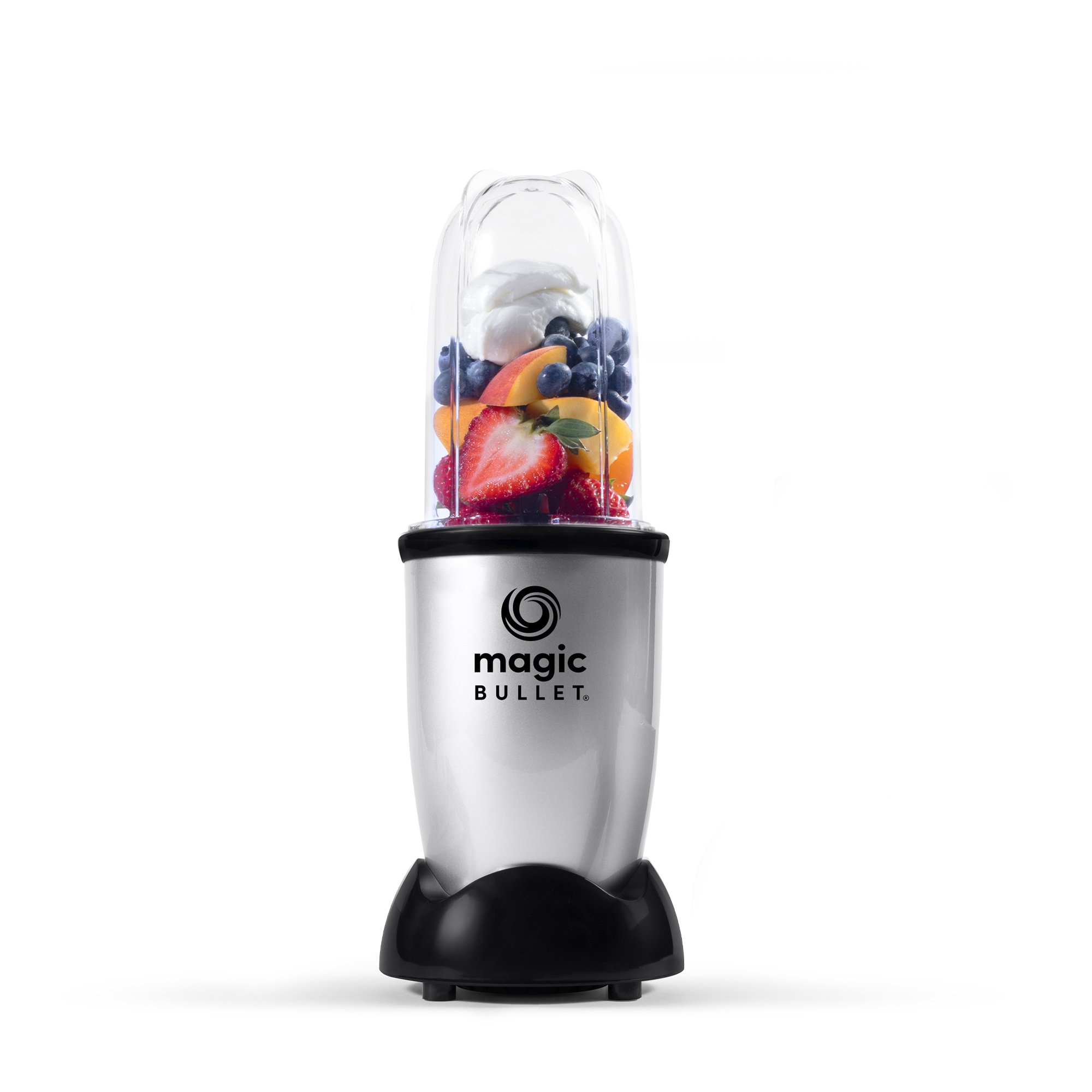Best Choice Products 6.3qt 660W 6-Speed Tilt-Head Stainless Steel Kitchen Mixer w/ 3 Attachments, Splash Guard – Silver
3 ATTACHMENTS: Includes a whisk, dough hook, and flat beater to let you create delicious cake mixtures, cookie dough, pizza dough, bread, cupcake batter, mashed potatoes, frosting, and moreHIGH-QUALITY PERFORMANCE: Hands-free mixing with a powerful 660W motor, six speeds, and a pulse function for exceptional performance. Great for professional or amateur pastry chefs and bakers, cuts down prep time, and puts less workload on you!CLEAN, STURDY, AND EASY TO USE: The splatter guard keeps everything clean, and the 6.3qt high-capacity bowl comes with an ergonomic handle. Five suction cups keep the bowl steady, and a tilt-head feature makes it easy to add ingredients!PLANETARY MIXING ACTION: An offset mixing wand rotates in an elliptical pattern to ensure thorough ingredient mixing by moving the attachment across the entire surface of the bowlELEGANT APPEARANCE: Stainless steel accents bring a clean, modern aesthetic to the countertop and makes cleanup easierDIMENSIONS:Overall Dimensions: 14.75″(L) x 8.25″(W) x 12″(H)Bowl: 9.25″(Dia) x 6.25″(H)Weight: 12.4 lbs.SPECIFICATIONS:Mixer Material: ABS Plastic, Stainless SteelBowl Material: Stainless SteelWhisk Material: Stainless Steel, NylonDough Hook/Flat Beater Material: Aluminum AlloyCapacity: 6.3 qtNote: Do NOT wash the beater, dough hook, and whisk in the dishwasher.Includes: Mixer, Stainless steel bowl, Flat beater attachment, Whisk attachment, Dough hook attachment, Splash guard, Silicone bowl scraper spatulaAssembly required (with instructions)BCP SKU: SKY5086
-
Dyson Pure Hot+Cool Cryptomic™ HP06 purifying heater + fan (White/Gold)
Rated 5.00 out of 508Dyson Pure Hot+Cool Cryptomic™ HP06 purifying heater + fan (White/Gold)
Rated 5.00 out of 508 -
Honey Artisan® Series 5 Quart Tilt-Head Stand Mixer in Honey KSM175PSHY
Rated 5.00 out of 510Honey Artisan® Series 5 Quart Tilt-Head Stand Mixer in Honey KSM175PSHY
Rated 5.00 out of 510 -
Magic Bullet Essential Personal Blender, Silver
Rated 4.50 out of 508Magic Bullet Essential Personal Blender, Silver
Rated 4.50 out of 508 -
TEMPUR-LUXEbreeze® Firm, King – Tempur-Pedic
Rated 5.00 out of 505TEMPUR-LUXEbreeze® Firm, King – Tempur-Pedic
Rated 5.00 out of 505







HIGH-QUALITY PERFORMANCE: Hands-free mixing with a powerful 660W motor, 6 speeds, and a pulse function for exceptional performance. Great for professional or amateur pastry chefs and bakers, cuts down prep time and puts less workload on you!3 ATTACHMENTS: Includes a whisk, dough hook, and flat beater to let you create delicious cake mixtures, cookie dough, pizza dough, bread, cupcake batter, mashed potatoes, frosting, and moreCLEAN, STURDY, AND EASY TO USE: Splatter guard keeps everything clean, and the large 6.3qt bowl is equipped with an ergonomic handle. 5 suction cups keep the bowl steady, and a tilt-head feature makes it easy to add ingredients!PLANETARY MIXING ACTION: ensures thorough ingredient incorporation and mixing by making the beater, dough hook, or whisk rotate completely around the bowlELEGANT APPEARANCE: stainless steel design brings a clean, modern aesthetic to the countertop and makes cleanup easier; OVERALL DIMENSION: 14.75″(L) x 8.25″(W) x 12″(H)





Reviews
There are no reviews yet.